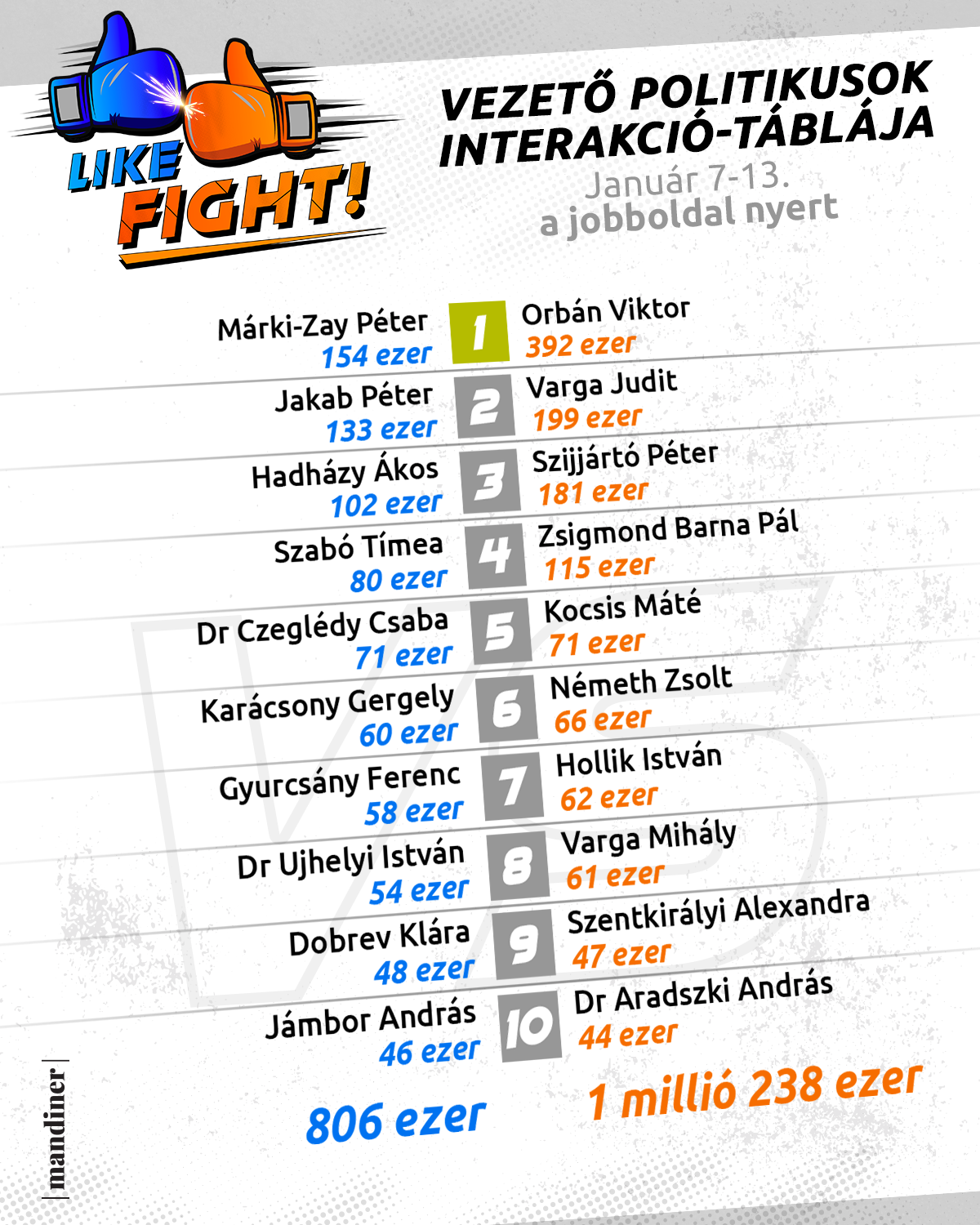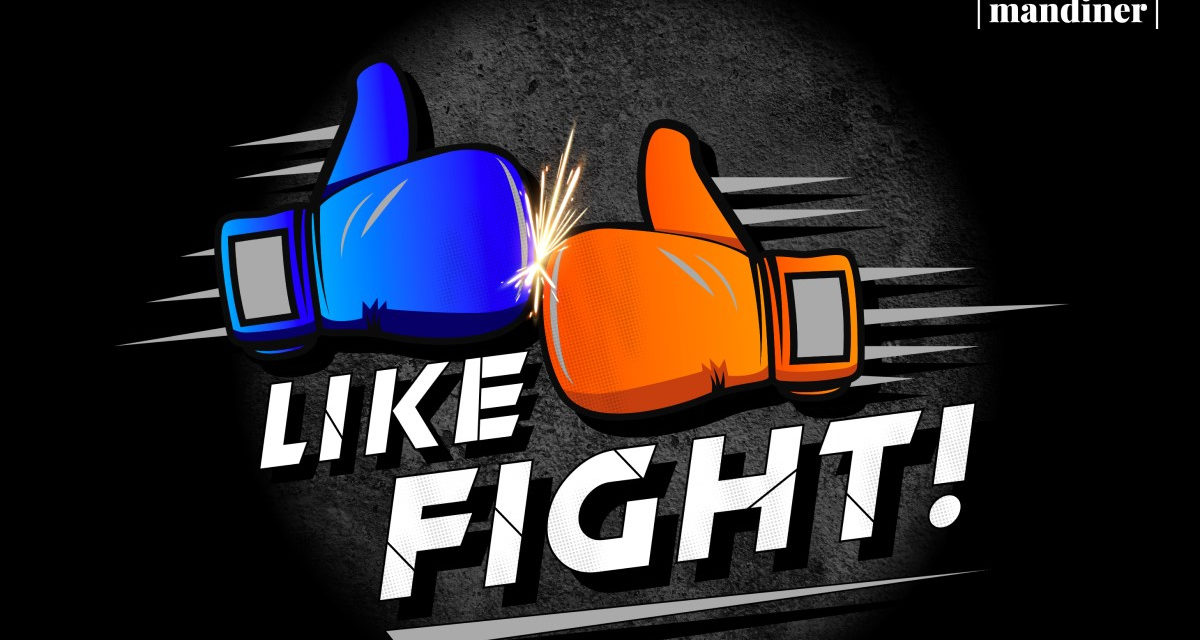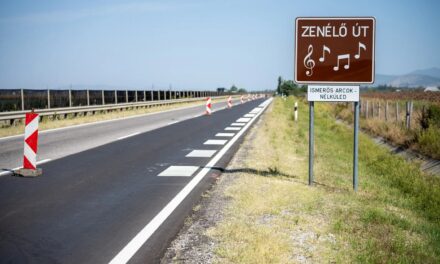On Tuesday, János Áder, the President of the Republic, set the date for the 2022 parliamentary elections, so the campaign period turned into action. On the occasion of the selection of the date of April 3, the expectations of the camps were clearly outlined on Facebook, the level of enthusiasm was shown and the strength of the political community's faith in the electoral victory became visible.
The interaction numbers revealed that the Fidesz camp is much more active and optimistic than the leftist camp. Fidesz spectacularly beat the left in all three areas (politicians, official websites, opinion leaders), winning more than 60 percent of interactions in all three areas.
Left-wing media workers always try to explain the online success of the Fidesz world with the advertising strategy of the right, but this narrative has been fundamentally questioned in the past week. Fidesz's Facebook page, for example, did not spend a penny this week, yet it gained 217,000 interactions, while the total result of the left (the sum of the interactions of all opposition parties) was only 131,000.

Source: mandiner.hu
For the umpteenth time, this left-wing mantra has been rejected. Rather, the reality is that during the week of the announcement of the elections, the right-wing was in a much more prepared state than the left-wing opposition. The leading politicians of the right gained a stable advantage of over 60 percent in the period under review. With his nearly 400,000 interactions, Viktor Orbán gave the right a significant advantage this time and pulled the others behind him.
Péter Márki-Zay and the left have announced many times this week that their campaign is really gaining momentum, but there was no sign of this in the enthusiasm of the left camp. The prime minister candidate of the left and the prime minister of the right continue to play in different weight groups. It is very contrasting that, while in the case of Péter Márki-Zay, a post brought an average of 3,800 interactions during the week, Viktor Orbán's post had an average of almost ten times as many, exactly 36,000 interactions.
But at least Péter Márki-Zay had some success on the left, who after many months was finally able to win in the left's home competition. The many (41) entries, the increased advertisements, and the weak social media activities of Péter Jakab and Gergely Karácsony contributed the most to the improvement.
In recent years, the emphasis in social media has shifted more and more to personalities - we can read from the pens of so many experts - and this can be seen in the strategy of the left, less emphasis and less energy is being put on the official pages. Fidesz's strategy, on the other hand, seems to be on a different path here as well, these institutional pages are still active, and the interaction numbers show that the right-wing camp scores this as well.
Source, full article and image: mandiner.hu













